and what that has to do with shipwreck treasure coins...
Well, to answer this question let's take a quick step back: First, Europe emerges as a trading power…
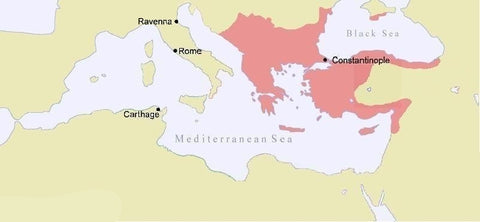 At the end of the Dark Ages (15th century), Europe was growing, and trade was expanding. Constantinople (Istanbul, Turkey) was right in the middle of the trade routes between the West and East (the Mediterranean Sea and parallel land routes), and on the continental divide of Europe and Asia. It was founded by Rome’s first Christian emperor, Constantine the Great, in 330 A.D. After the fall of the western Roman empire, circa 476 A.D., it became the seat of the eastern Roman, or, Christian Byzantine Empire, which lasted for nearly 1,000 years. During its last centuries, wars, poor leadership and in-fighting among various Christian sects weakened it and made it vulnerable.
At the end of the Dark Ages (15th century), Europe was growing, and trade was expanding. Constantinople (Istanbul, Turkey) was right in the middle of the trade routes between the West and East (the Mediterranean Sea and parallel land routes), and on the continental divide of Europe and Asia. It was founded by Rome’s first Christian emperor, Constantine the Great, in 330 A.D. After the fall of the western Roman empire, circa 476 A.D., it became the seat of the eastern Roman, or, Christian Byzantine Empire, which lasted for nearly 1,000 years. During its last centuries, wars, poor leadership and in-fighting among various Christian sects weakened it and made it vulnerable.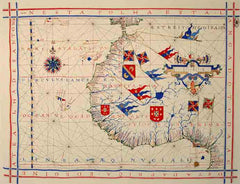 The Muslim Ottoman Empire had been expanding and blocked the trade routes to the East when they captured Constantinople in 1543. Needing to find another, less dangerous way to the Orient, Portugal’s Prince Henry the “Navigator” (1394-1460) had the vision and sponsored a systematic exploration of the Atlantic. He sent sailing expeditions down the coast of Africa to expand his empire, and find another way to get to the Far East, thus beginning the great Age of Discovery.
The Muslim Ottoman Empire had been expanding and blocked the trade routes to the East when they captured Constantinople in 1543. Needing to find another, less dangerous way to the Orient, Portugal’s Prince Henry the “Navigator” (1394-1460) had the vision and sponsored a systematic exploration of the Atlantic. He sent sailing expeditions down the coast of Africa to expand his empire, and find another way to get to the Far East, thus beginning the great Age of Discovery.  By 1492, the Italian explorer Christopher Columbus (1451-1506), financed by Spain’s Ferdinand and Isabella, headed west and discovered the “New World.” By 1498, Portugal’s great explorer, Vasco da Gama, became the first European to reach India via rounding the tip of Africa.
By 1492, the Italian explorer Christopher Columbus (1451-1506), financed by Spain’s Ferdinand and Isabella, headed west and discovered the “New World.” By 1498, Portugal’s great explorer, Vasco da Gama, became the first European to reach India via rounding the tip of Africa.
Image 1: Constantinople, the capitol of the Byzantine Empire, in 1180 AD
Image 2: Nautical chart of Portuguese cartographer Fernão Vaz Dourado (c. 1520 - c. 1580), part of a nautical atlas drawn in 1571 and now kept in the Portuguese National Archives of Torre do Tombo, Lisbon.
Image 3: Ferdinand and Isabella of Spain
So with that covered, here’s why Brazilians, surrounded by Spanish speaking countries, speak Portuguese…
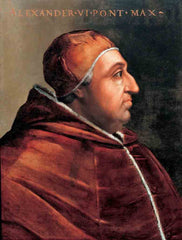 After Columbus’ “discovery of the New World” for Spain, Spain not only wanted ownership and control of the newly “discovered” land, but it also wanted the same for lands yet to be discovered out in the great unknown. However, the king of Portugal didn’t like this as, per a previous agreement with Spain, he had been “colonizing” the Cape Verde islands and Azores (off western Africa) and parts of western Africa. And Spain’s “new arrangement” wouldn’t give him any more lands to colonize or conquer.
After Columbus’ “discovery of the New World” for Spain, Spain not only wanted ownership and control of the newly “discovered” land, but it also wanted the same for lands yet to be discovered out in the great unknown. However, the king of Portugal didn’t like this as, per a previous agreement with Spain, he had been “colonizing” the Cape Verde islands and Azores (off western Africa) and parts of western Africa. And Spain’s “new arrangement” wouldn’t give him any more lands to colonize or conquer.
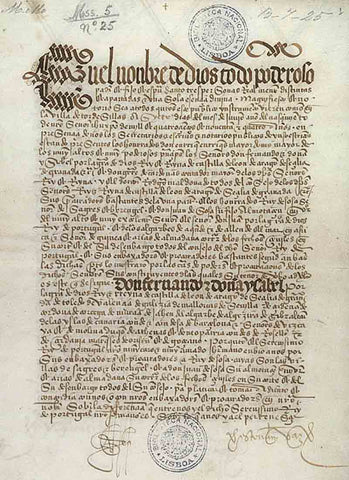 To simplify a complex series of treaties, papal bulls and events, the Spanish-born Pope Alexander VI (considered the supreme power in Christendom at that time) owed King Ferdinand and Queen Isabella a favor, so in 1494 he decreed that the world would be divided in half... yes, in half - between Spain and Portugal. This was known as the Treaty of Tordesillas.
To simplify a complex series of treaties, papal bulls and events, the Spanish-born Pope Alexander VI (considered the supreme power in Christendom at that time) owed King Ferdinand and Queen Isabella a favor, so in 1494 he decreed that the world would be divided in half... yes, in half - between Spain and Portugal. This was known as the Treaty of Tordesillas.
An old friend of mine and retired Smithsonian curator, the late Mendel Peterson, wrote, “Thus, without so much as a word to the other Christian princes of Europe, the sovereigns of Spain and Portugal simply divided the New World between them while the Pope in effect beamed and blessed the bargain between his favorite children.”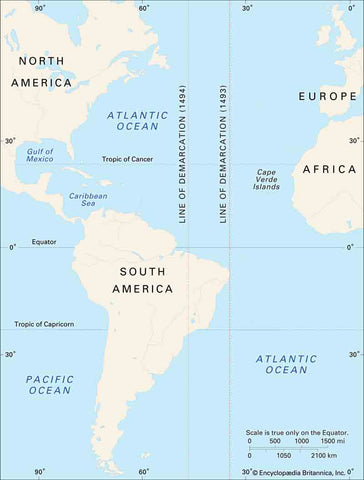 The line of demarcation was a meridian 370 leagues west of the Cape Verde islands, and ran about halfway between the Cape Verde Islands and the islands discovered by Christopher Columbus (the Bahamas) on his first voyage. The lands to the east would belong to Portugal and the lands to the west to Spain.
The line of demarcation was a meridian 370 leagues west of the Cape Verde islands, and ran about halfway between the Cape Verde Islands and the islands discovered by Christopher Columbus (the Bahamas) on his first voyage. The lands to the east would belong to Portugal and the lands to the west to Spain.
Little did either country realize at the time, but part of the South American continent crossed over this meridian, which gave Portugal claim to the land that would become Brazil. But that wouldn’t be “discovered” until 1500, another six years later.
With the discovery of what is now Brazil, the Portuguese established trade routes and colonies from South America to Africa and into the Far East, increasing their dominance in world trade – a dominance soon to be challenged by the Dutch and British East India Companies.
Image 4: Pope Alexander VI
Image 5: The Treaty of Tordesillas
Image 6: The Line of Demarcation as Declared in the Treaty of Tordesillas
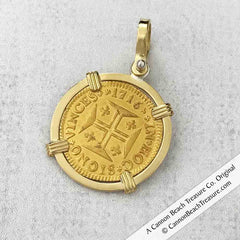 To browse our collection of Portuguese silver and gold coin jewelry, click here>>>
To browse our collection of Portuguese silver and gold coin jewelry, click here>>>
To browse our Spanish shipwreck treasure coin jewelry which sank on the Portuguese trade vessel Sao Jose in 1622, click here>>>
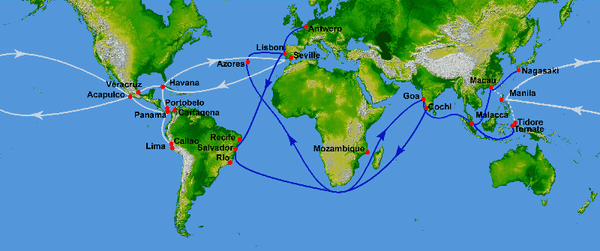
Image 7: Portuguese Gold Trade Coin Jewelry by Cannon Beach Treasure Company
Image 8: 16th Century Spanish and Portuguese Trade Routes



